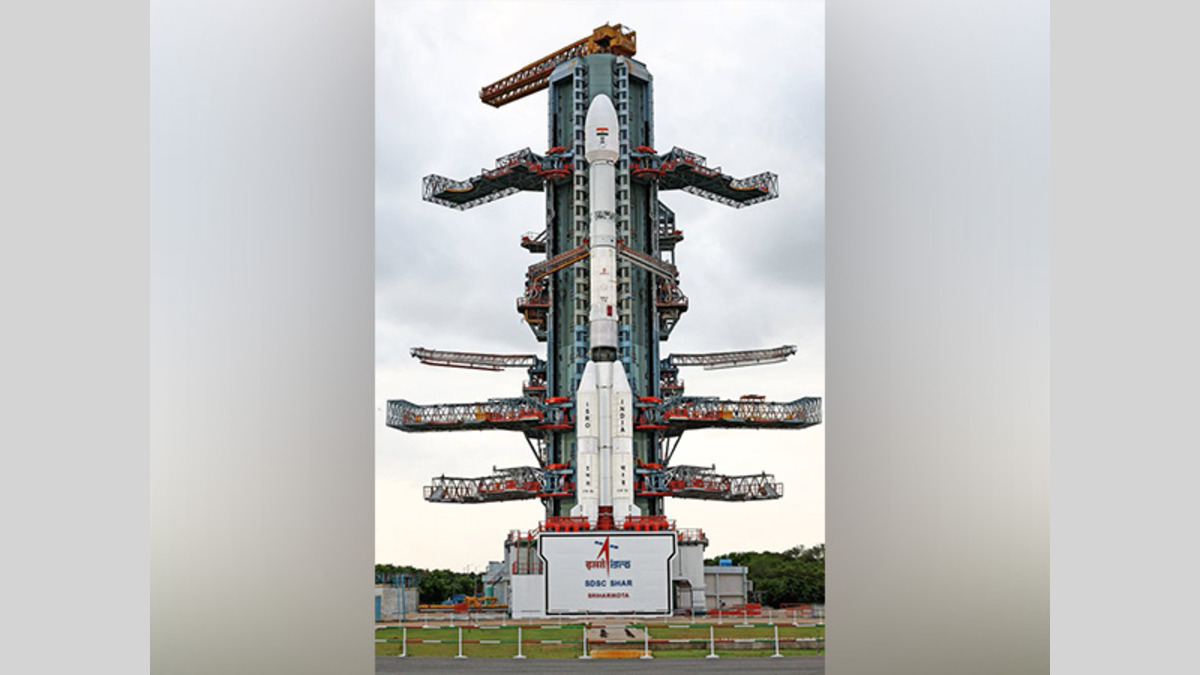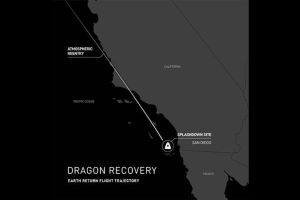The Indian Space Research Organisation (ISRO) is all set to launch NISAR (NASA-ISRO Synthetic Aperture Radar), a next-generation Earth observation satellite developed jointly with NASA, from the Satish Dhawan Space Centre in Sriharikota today at 5:40 PM IST.
The mission, a result of over a decade-long collaboration and a combined investment exceeding USD 1.5 billion, marks a major milestone in Indo-US space cooperation.
NISAR will be launched aboard the GSLV-F16 rocket — a first for deploying a satellite into a Sun Synchronous Polar Orbit, a task traditionally handled by the PSLV launcher. Weighing 2,392 kg, NISAR will orbit Earth every 97 minutes, capturing images of land, ice, islands, sea-ice, and selected ocean areas every 12 days, with a planned mission life of five years.
Described as India’s scientific handshake with the world by Union Minister Jitendra Singh, the satellite features a dual-frequency Synthetic Aperture Radar (SAR) that uses an advanced SweepSAR technique, enabling high-resolution, wide-swath imaging.
The mission’s objectives include monitoring:
- Land and ice deformation
- Ecosystem changes
- Soil moisture
- Natural hazards such as earthquakes, landslides, tsunamis, and volcanic activity
- Sea ice classification, storm tracking, and crop monitoring
A unique aspect of the NISAR mission is its open data policy. All observation data will be made freely available within 1–2 days of acquisition, and in near real-time during emergencies. This is expected to benefit not only India and the United States, but also developing nations, enabling global cooperation in climate change tracking, agriculture, and disaster management.
ISRO stated that the first 90 days post-launch will be dedicated to In-Orbit Checkout (IOC) to prepare the satellite for full scientific operations.
Calling it a defining moment for international scientific collaboration, Minister Singh emphasized: “This launch symbolizes what two democracies, united by science and a commitment to global welfare, can achieve together.”
As the rocket stands ready on the launch pad, the mission is poised to redefine global Earth observation and strengthen India’s position as a leading space-faring nation.





